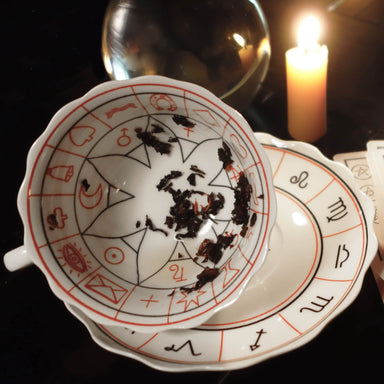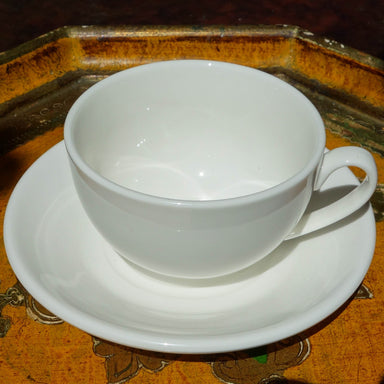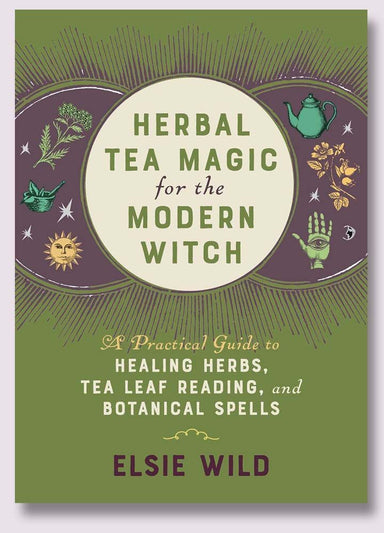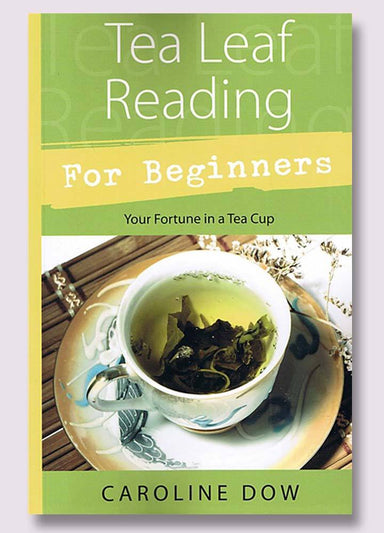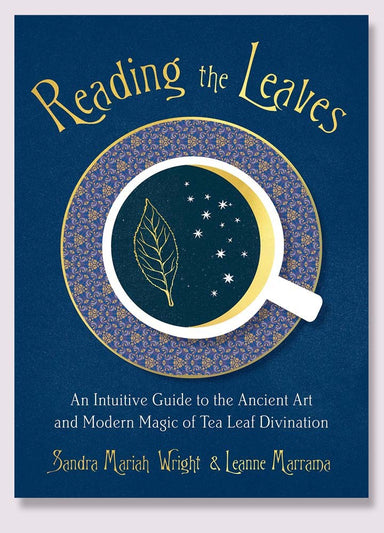As you look into your cup, take your time and clear your mind. Be prepared with pen and paper so you can record your thoughts. Don’t be disappointed if the sediments in your cup aren’t immediately recognisable as fully formed images. Feel free to rotate your cup so that you can look at it from different angles. It’s helpful to remember times when you were a child and discovered an image in a cloud. Remember how once an image is formed it’s impossible “un-see” it? It’s the same in tea-reading. These will be the important images in your reading.
As the images form in your mind, it’s helpful to jot them down. Make note of their relative size and position in the cup. Think about each symbol and the properties that come to you. For example, a key is used to open locked things. A camel can travel far with limited resources. You will want to rely on your physic and intuitive abilities to understand how the images are related and what story about yourself or the sitter they might tell. If nothing about the images resonates, it’s helpful to consult a reference book or a symbol dictionary.
Remember, that above all, a tea-reading is meant to be a stress-free enjoyable entertainment. For thousands of years, it has helped many as a transformational tool that allows you to look at your life and situation in a new and different light. It will not predict a predetermined future and is not a substitute for professional medical advice.
What is Tasseography ?
